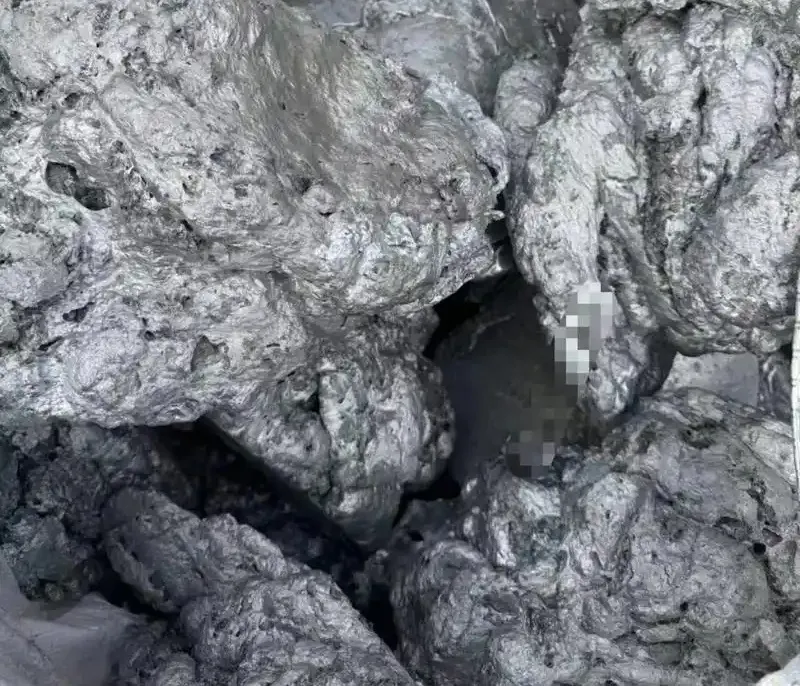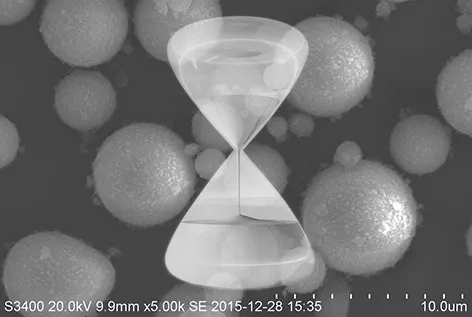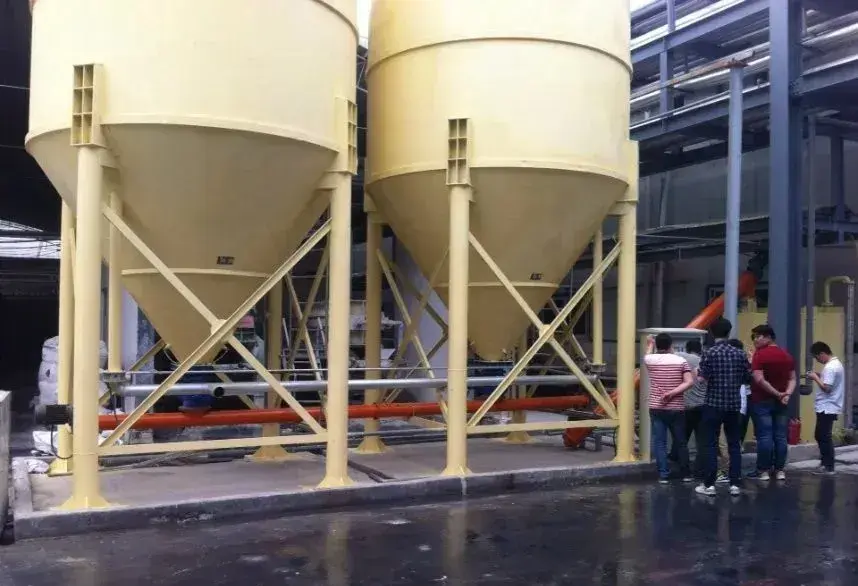In electrolytic aluminum production, additives like aluminum fluoride, cryolite, and lithium fluoride are used to improve current efficiency and reduce energy consumption. Lithium-containing fluoride salts result in lithium-containing electrolytic aluminum slag. With the rise of electric vehicles, smartphones, and other electronic products, lithium, a key battery material, has become increasingly important. The slag produced during aluminum smelting contains significant amounts of lithium. Extracting lithium from this slag has become a critical issue. This article introduces methods for extracting lithium from electrolytic aluminum slag.

Lithium Extraction Process from Electrolytic Aluminum Slag
The main process for extracting lithium involves separating lithium carbonate and utilizing aluminum and fluoride from the slag. This process eliminates the environmental impact of aluminum slag accumulation. It also helps address the increasing demand for lithium. Lithium-containing electrolytic aluminum slag is turned from waste into a valuable resource, generating both economic and social benefits. The key technologies for resource utilization include:
Acid Mixing Process: Lithium-containing slag is treated with acid. Lithium carbonate is produced via leaching, separation, alkali dissolution, and carbonation. The aluminum and fluoride are used to produce cryolite.
Acid Leaching Process: After acid leaching, separation, and replacement, cryolite and soluble lithium compounds are formed. Lithium compounds are treated with sodium carbonate to produce lithium carbonate through separation, carbonation, pyrolysis, and washing.
Grinding and Acid Leaching: The slag is ground and acid-leached. The process captures hydrogen fluoride gas, making hydrofluoric acid or sodium fluoride solution. After filtration, a liquid with aluminum, lithium, and other sulfates is obtained. Aluminum is separated to produce alumina and the mother liquor after precipitation. Sodium carbonate is used to treat the liquor, turning lithium into carbonate salts. The salts are filtered, carbonated, and pyrolyzed to produce lithium carbonate.
Alkali Treatment and Filtration: The slag is ground and treated with alkali. After filtration, a solution with sodium aluminate and lithium hydroxide is obtained. The aluminum is separated, and the remaining mother liquor is treated with sodium carbonate to convert lithium hydroxide into lithium carbonate. The final product is obtained after filtration and drying. Magnesium and fluoride remain in the residue, which is collected and treated separately.
Epic Powder
In the past, aluminum slag was discarded as waste. This not only resulted in a waste of aluminum resources but also created environmental problems. Therefore, finding cost-effective methods to utilize and manage aluminum slag will not only improve the economic benefits of the aluminum industry, but also achieve effective resource recycling and have a significant impact on achieving sustainable economic and social development.
The advanced grinding solutions of Epic Powder, such as ball mills, play a crucial role in processing lithium-containing electrolytic aluminum slag. Ball mills can grind the slag to the required particle size, aiding in better lithium extraction and separation. The equipment of Epic Powder ensures precise particle size control, maximizing lithium recovery and minimizing waste. As the demand for lithium rises, technologies like those from Epic Powder will be vital in advancing the resource utilization of electrolytic aluminum slag.

